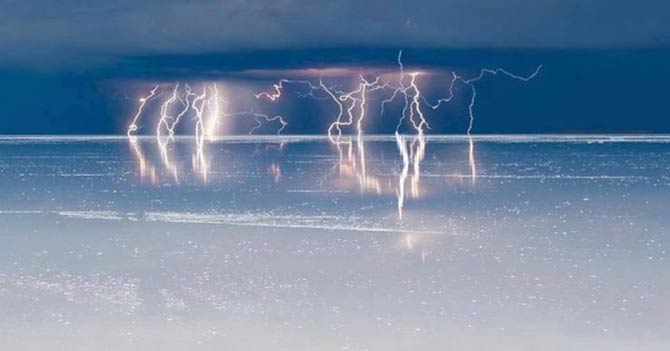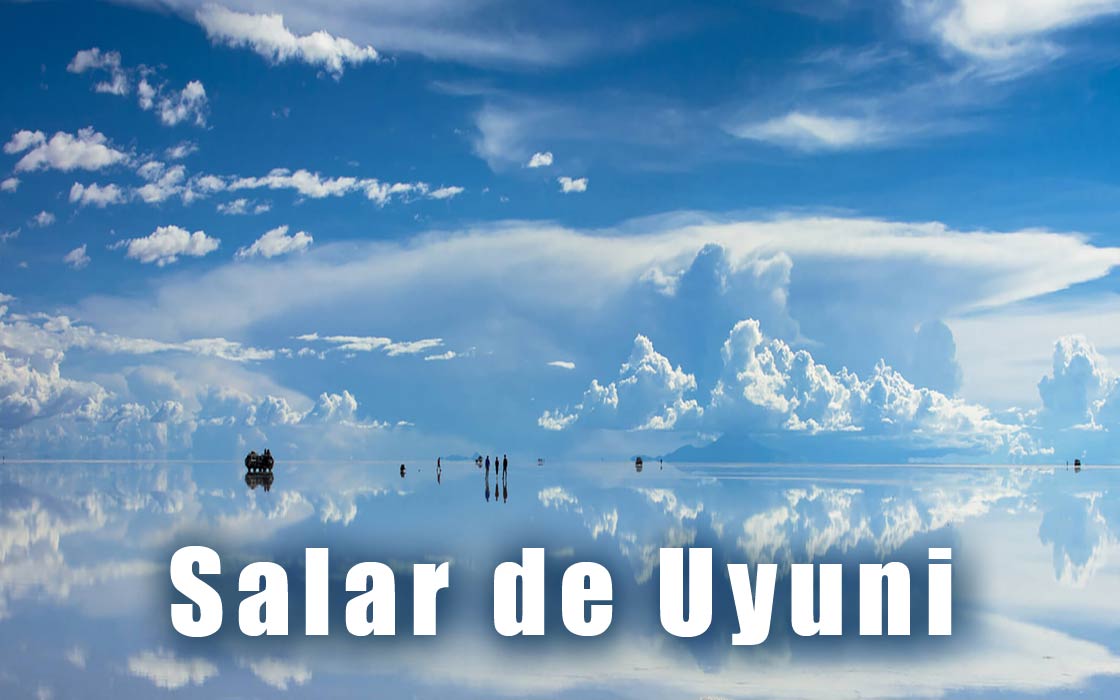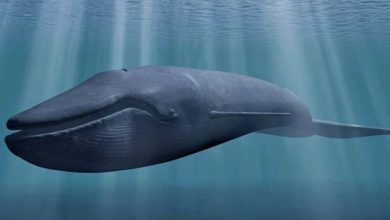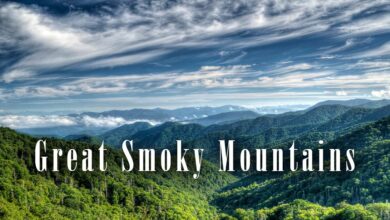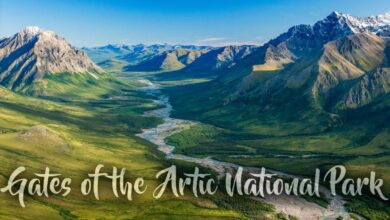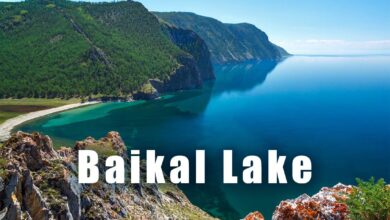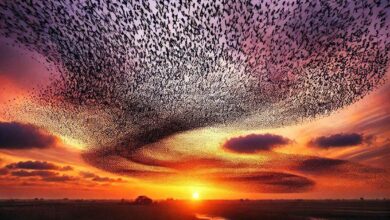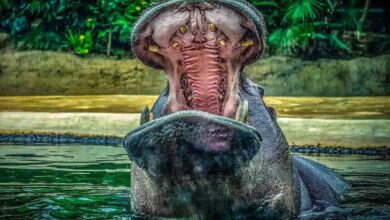Salar de Uyuni (Salar de Tunupa)
Deserts are usually associated with huge amounts of sand, with sand dunes, stones, cracked earth and oases where caravans head. However, this desert is unique because it is made of salt, not sand or gravel. It is located in Bolivia, precisely in its southwestern regions and is not only the largest in the world, but also situated at high altitude, surrounded by volcanic cones, colorful lakes, flocks of flamingos and rock outliers. It sounds interesting?
The most spectacular mirror in the world
In the rainy season, the desert turns into the most spectacular mirror in the world, formed by a thin layer of saline water. You can walk through endless spaces here and feel like you are in a different era or on a different planet. This is Salar de Uyuni – the largest salt flat located on one of the highest plateaus in the world.
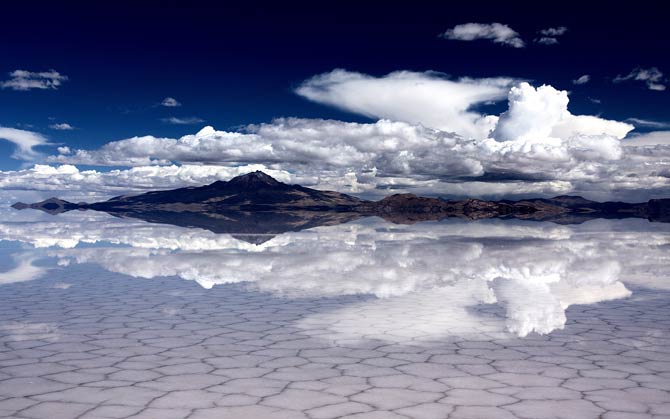
A salt lake that dried up long ago
In the past, there was no desert in the Salar de Uyuni area, only a large and relatively deep salt lake. Why has it disappeared? Because there is very strong evaporation and relatively little rainfall in these areas. So the rate of water loss is really fast. The evaporation process also involves the precipitation of mineral compounds responsible for the salinity of the substrate.
The former volcanic processes that took place in these areas are also important. From Ordovik to the Miocene, in the area of Salar de Uyuni (and the entire Eduardo Avaroa reserve), more sedimentary rocks were accumulating, then, of course, at the bottom of the water reservoir. Volcanoes were also not idle – there are still many remnants of volcanic andesite rocks there
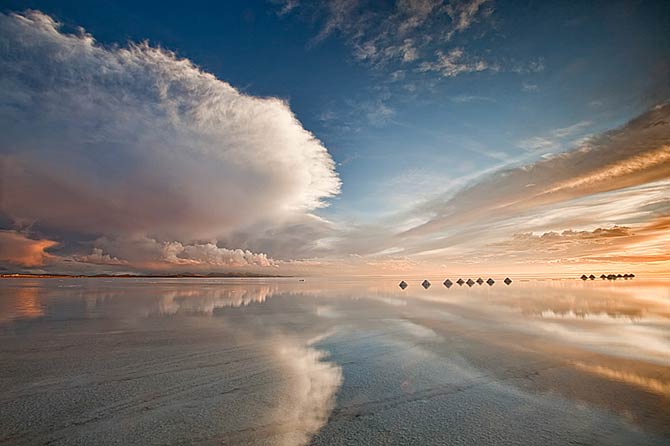
Why did seismic processes take place here?
Because the area is on the border of the Nazca and South American tectonic plates. The Nazca Plate is “pulled” in the subduction process and thus sinks under the South American Plate. Scientists estimate that the period of intense volcanic activity lasted up to 2 million years. Today it is a huge salt flat, geysers, volcanic cones and spectacular lagoons.
How much salt can we find on Salar de Uyuni?
About 10 billion tons of salt! Some estimates show that it is up to half of the world’s salt resources. The inhabitants of the region dig it up on their own, and after its extraction, characteristic, small mounds are created, which constitute an interesting element of the landscape. What is more, there are also huge amounts of lithium (~9,000,000 tons – 7% of the world’s known lithium resources), but it is not extracted in any way. The brine, which is under the salt crust, is rich in lithium.
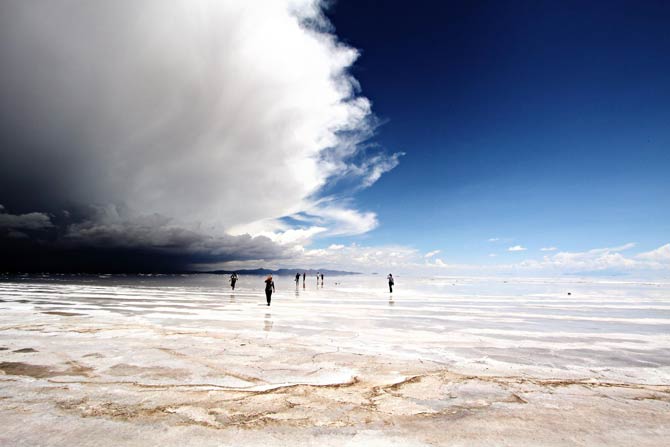
Climate and natural wealth
The climate of Bolivia is changeable and capricious, with dry and rainy seasons, which has a huge impact on the appearance of the salt desert. When it is wet (i.e. in the rainy season) a thin layer of water forms in the desert. It may be only a few centimeters, but it has the effect of a mirror surface, stretched for many kilometers (the salt flat area is over 10,000 km2 (621 mi2)).
Tourists can photograph this amazing phenomenon if they visit Salar de Uyuni between November and March. Those eager for more lunar views should, in turn, come in the dry season, when the entire desert is covered with a cracked, salt crust. It looks like snow from a distance.
The entire salt flat is located on the plateau in Altiplano (Andes), which makes it even more attractive. It is one of the highest plateaus in the world, more than 3,500 meters (11,500 ft) above sea level (the more impressive ones can be found only in Tibet).
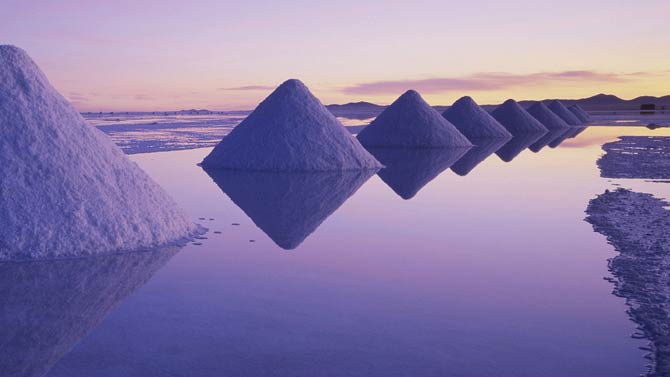
In the area of Salar de Uyuni, we can also admire the Incahuasi island (“fish island”), where there are various species of cacti, but also a unique rocky coral reef and rock formations that remember the times of great volcanic activity.
These areas, although somewhat lunar, are teeming with a rich life. We can find here several species of flamingos (warm, highly saline, and often toxic and corrosive to other animals, water reservoirs are a paradise for them), hummingbirds and llamas, decorated according to local customs. The Eduardo Avaroa reserve is home to over 80 species of birds (including many endemic) as well as pumas and foxes.
The lakes, on the other hand, have algae that give the water fantastic colors. Salar de Uyuni boasts cacti that can reach up to 12 meters. Quinoa also grows here.

Eduardo Avaroa Andean Fauna National Reserve
Established in 1973, the Eduardo Avaroa reserve tempts with its natural richness. It is a kind of volcanic-rock-water Disneyland in Bolivia (next to the border with Chile, from where most trips depart). The reserve was awarded the IV category in the classification of the International Union for Nature Conservation, mainly due to the richness of bird species. We can meet here flamingos (Chilean, Andean and short-billed), ibises, Andean geese, and rhea. There are also mammals: Andean foxes and llamas.
In the area of the plateau, the silhouettes of volcanoes stand out perfectly. The largest of them are Uturuncu (6,008 m above sea level) and Licancabur (5,920 m above sea level). In the reserve, you will also find geothermal springs with a temperature of about 28-30 degrees Celsius, and geysers. In such a wilderness, the wind speeds up to high speeds and has great power to shape the landscape.
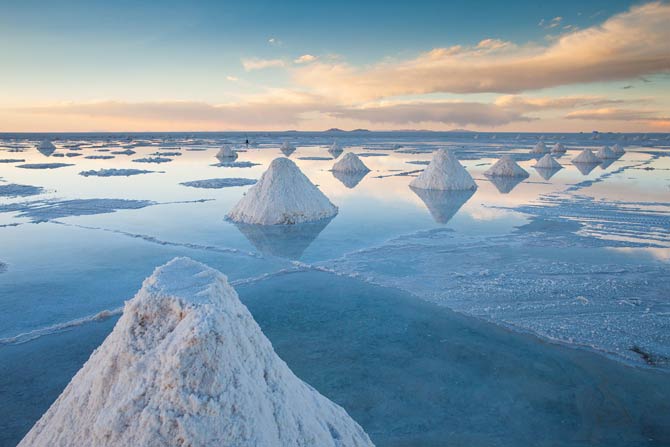
The result is rock formations formed over thousands of years (many are in the form of mushrooms and cones and are larger than an off-road vehicle) and deserts. The most popular is the Salvador Dali Desert, which attracts masses of tourists every year.
Eduardo Avaroa Reserve is also lakes. They are known as lagoons. These are relics of the ice caps and water reservoirs that were once located in these areas. Each of the lagoons has not only a different shape, but also a color. This is due to algae, bacteria and material blown by the wind that lingers at the bottom of the reservoirs.
Therefore, we can admire Laguna Verde, which is rich in magnesium, arsenic and is green; Lagoon Blanca with a white color conditioned by the content of calcium carbonate and Lagoon Colorada with pink, brown and blue shades that surround the white shores – all thanks to algae and precipitating borax.
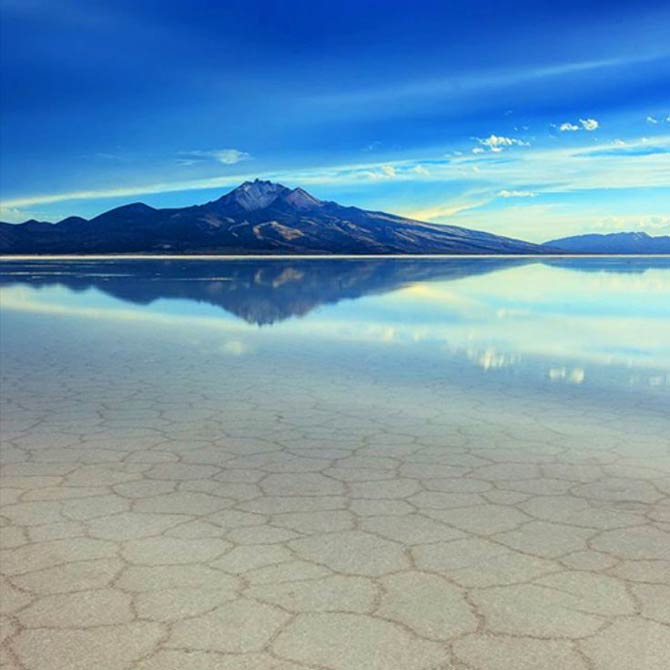
Visiting the Salar de Uyuni
Visiting the salt flat (salt pan), the reserve and the adjacent areas is easiest to buy in a package in the form of a 3-4 day trip. You drive in an off-road car accompanied by a guide. Most of the expeditions are led from the Chilean side, due to the terrible roads and tourist organization in Bolivia.
The pattern, therefore, most often begins and ends in Chile. The base town usually turns out to be San Pedro de Atacama. It is a small town with narrow streets and souvenir stalls. San Pedro is not only the starting point for many expeditions to the Bolivian Altiplano, but also a place where it is worth turning a bit aside for a moment and seeing local attractions. Among them, the El Tatio Geysers and the lunar valley of Valle de La Luna are very popular.
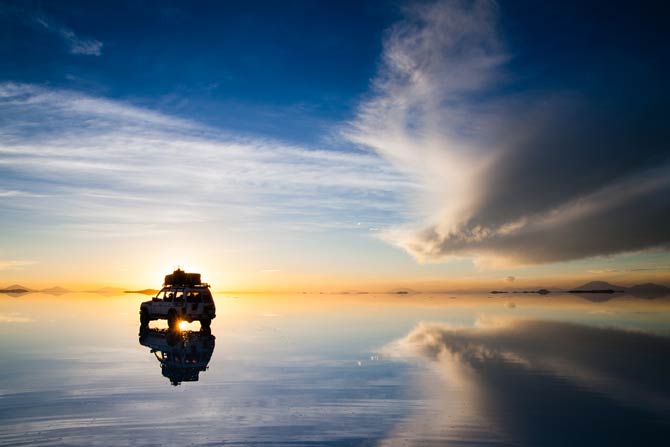
What should you prepare for?
First of all, the local drivers-guides do not speak English (usually they have a few words in their repertoire) only Spanish, they know roads and natural attractions well, but worse places to stay and bars, and as a packed lunch they will give us … a roll. Of course, a lot depends on the specific guide, as well as the entire travel agency. However, it is always worth being ready for surprises.
When going to the Altiplano areas, you also need to know a bit about altitude sickness and prepare / secure yourself properly. Let’s also take warm clothes, necessarily long pants (the terrain can be spiky and sharp-edged), decent shoes, a sleeping bag, sunscreen and sunglasses. Plus, of course, all the necessary documents to cross the border.
Traveling on your own? It will almost certainly fail. There are no car rental companies in Bolivia and no roads where you can drive them. It takes a lot of skill, an off-road car with four-wheel drive and GPS in your head.
Actually, you can take pictures everywhere and it’s worth taking them, because the landscapes are spectacular!
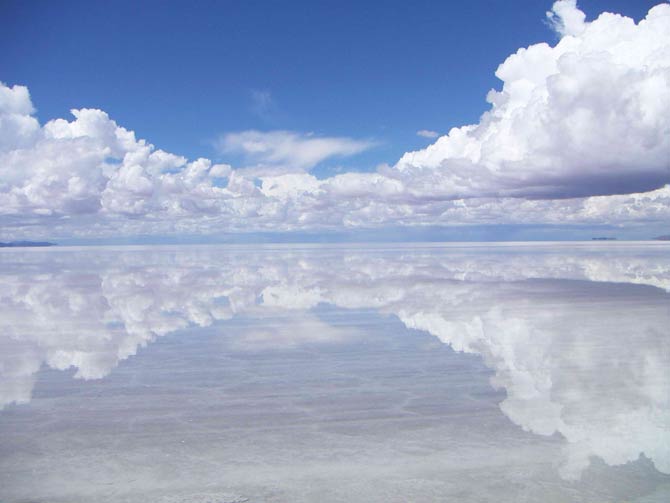
Detailed data
Salar de Uyuni in numbers
- The salt pan contains about 10 billion tons of salt! This is half of all the world’s resources.
- The period of intense volcanic activity in these areas could last up to 2 million years.
- The salt flat area is 10 582 km2
- Salar de Uyuni is located on the Altiplano plateau at an altitude of 3,663 meters above sea level.
- More than 80 species of birds live in the Eduardo Avaroa reserve
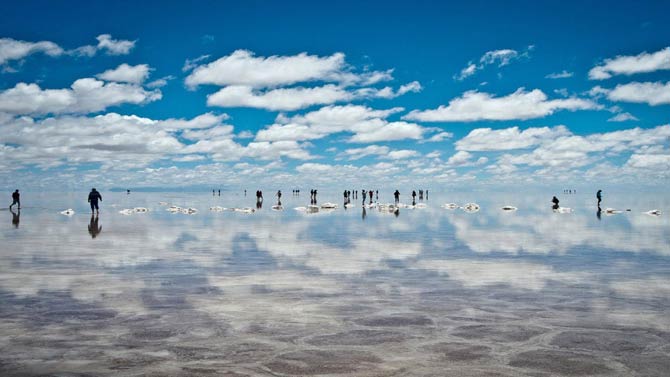
Salar de Uyuni – interesting facts
- The Salvador Dali Desert, which can be found in the Eduardo Avaroa Reserve, owes its name to surreal views reminiscent of the paintings of a famous painter.
- Many Aymara people feel that the name Salar de Tunupa should be used. Tunupa is not only the name of the mountain, but also a character from their mythology. She is a giantess who, after losing her lover, sheds tears while feeding her child. The tears mixed with the milk and this is how the salt pan was created.
- The salt lake turned out to be an excellent film setting. It played one of the planets in the 2017 movie Star Wars: The Last Jedi.
